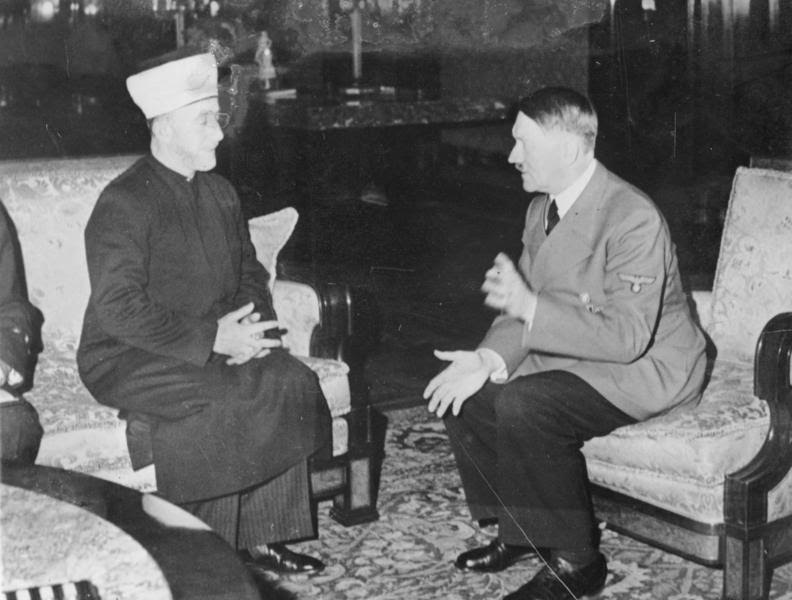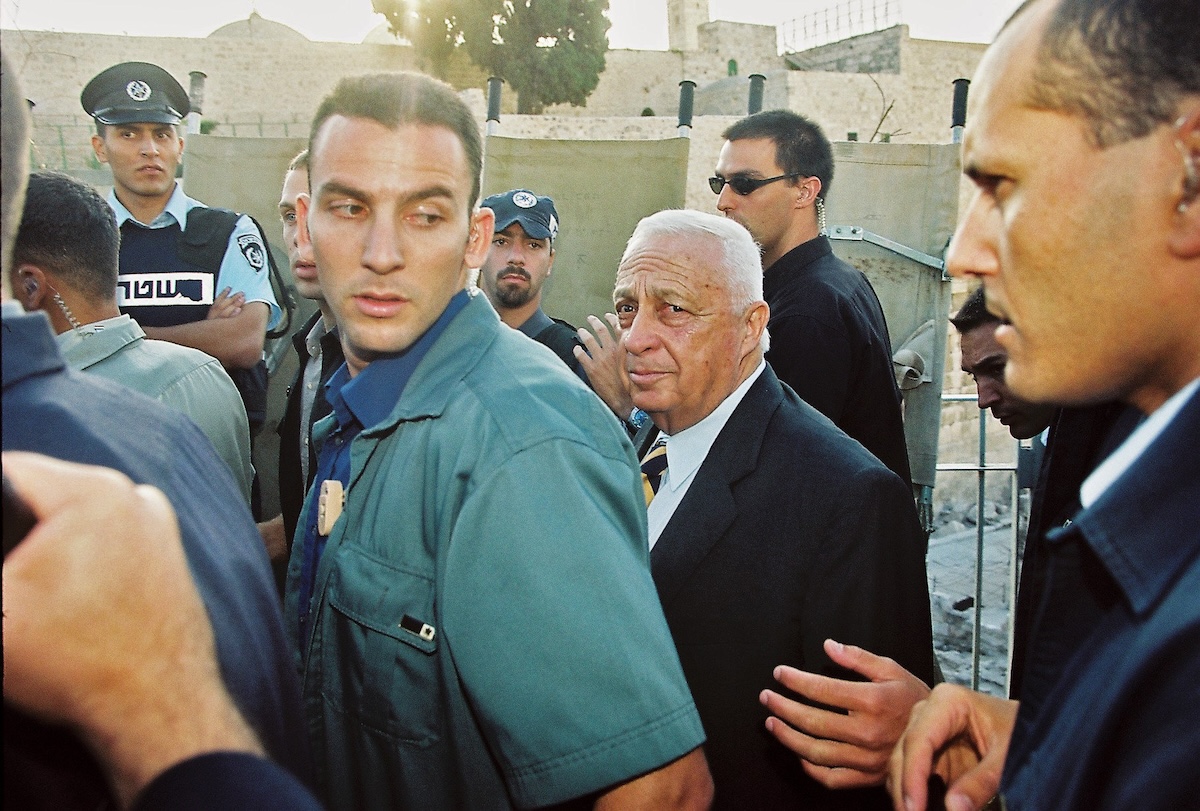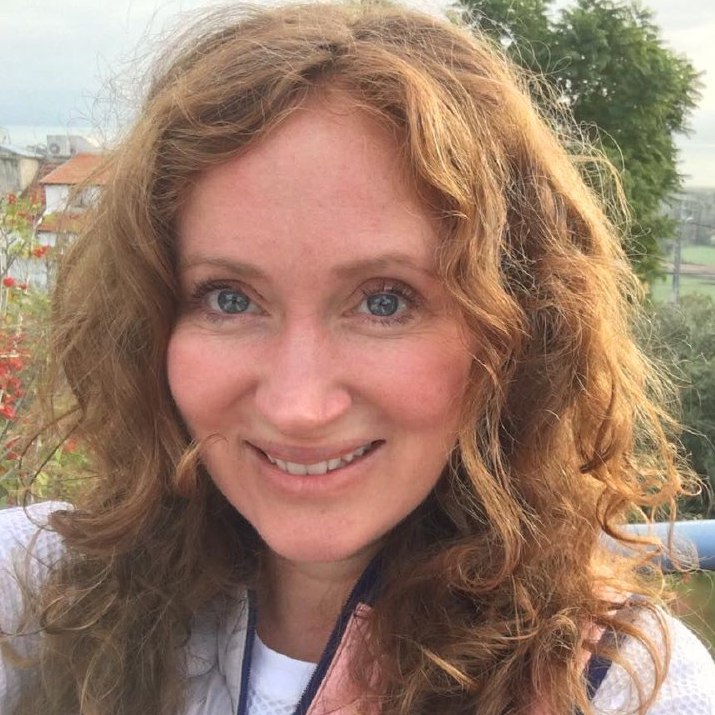What do five red heifers have to do with the Oct. 7 massacre?

Back in January, a story flew under the radar that’s well worth discussing: the relationship between the Oct. 7 massacre and five red heifers.
Yes. You read that correctly.
At the 100-day mark of the war, Abu Obeida, the military spokesman for the Hamas Al-Qassam Brigades, gave a televised speech about the Hamas efforts, as well as a reminder of the purposes of the war.
The speech was translated into English by the Palestinian Chronicle.
“We look back 100 days to remember the educated, the complicit, and the incapacitated among the world powers governed by the law of the jungle, reminding them of an aggression that reached its peak against our path (Al-Quds) and Al-Aqsa, with the start of its actual temporal and spatial division, and the “bringing of red cows as an application of a detestable religious myth designed for aggression against the feelings of an entire nation in the heart of its Arab identity, and the path of its prophet (the Night Journey) and Ascension to heaven.”
Right there, amid a very wordy discussion of perceived Israeli aggression against Al-Quds, the Muslim name for Jerusalem, and Al-Aqsa, the black-domed mosque on Temple Mount, lies a curious and telling statement: “The ‘bringing of red cows…”
The red cows being referred to are the five Red Angus heifers imported from Texas in September 2022 through a joint effort established between a Christian ministry, Boneh Israel, and The Temple Institute in Jerusalem.
ALL ISRAEL NEWS is one of the few Israeli media platforms to have covered the quite fascinating story of how these two groups beat the supposed 1-in-50,000 odds of finding a qualified heifer — advertising the need to Texas ranchers and then sending teams of rabbis from both Dallas and Israel to examine calves.
Their diligence paid off as they found not only one but five blemish-free red heifers, without more than two black or white hairs – even before having their ears tagged – a common practice in the livestock industry that would have disqualified them for ceremonial use. As of now, four of the heifers remain blemish-free and, according to Temple Institute rabbis, they hope to carry out the ceremony before Passover 2024.
Only nine heifers have been sacrificed since the time of Moses until the destruction of the Second Temple in 70 A.D. The Rambam, Maimonides, stated that the 10th Red Heifer ceremony would bring in the Messianic age. Likewise, Evangelical Christians who hold a futurist view of bible prophecy believe a Third Temple will be built and subsequently desecrated by the Antichrist before the return of Messiah Yeshua. Thus, for many in the religious Jewish community, as well as many Evangelicals, there has been a great deal of anticipation surrounding these ‘ladies’ in red.
Despite great interest in some spheres, the story barely made the news in Israel. It’s highly unlikely that secular Israelis are aware of – or interested in – the presence of the heifers in Israel. Yet, the Hamas terror organization apparently followed the events closely enough to use this as a stated reason to launch the surprise invasion and attack they called the “Al-Aqsa Flood” on Oct. 7.
Al-Aqsa Mosque is considered to be the third holiest site in Islam, due to a mythical “night journey” from Mecca – as mentioned in Abu Obeida’s speech – that miraculously brought Mohammad to that very location via a winged donkey-like creature. The teaching continues that Mohammad then ascended into Heaven where he received instruction on Islamic prayer before returning to his home by morning.
The Al-Aqsa Mosque has undergone several architectural iterations to become what we know today, but it was initially built in the early 8th century in response to this Quranic passage.
While this isn’t often discussed by political pundits, the site has been central to the Arab-Israeli conflict since before the foundation of the modern State of Israel.
The Hamas terror attack on Oct. 7 is the continued outworking of the teachings of their predecessors, primarily that of the Grand Mufti of Jerusalem, Hajj Amin Al-Husseini, a founder of the Muslim Brotherhood.
In the 1920s, Husseini, also known as the father of radical Islam, was the first to bring up discussions about Al-Aqsa and the Third Temple, front and center. As the Jewish people were immigrating to the region at the time, Husseini galvanized a support base, in large part, by promoting the idea that the Jews would destroy Al-Aqsa in order to rebuild the Temple.
The incitement was no small matter. Tensions peaked in 1929 on Tisha B’Av, the holiday that commemorates the destruction of the two previous temples. As Jews marched by the thousands toward the Western Wall to pray, they were violently attacked by Arab Muslims who had adopted The Grand Mufti’s radical views. The event erupted into a full week of pogroms against Jewish settlements, known today as the 1929 Palestine Riots or the Buraq Uprising.
Over 130 Jews were brutally murdered and some 300 were injured for the cause – “Al-Aqsa is in danger” – a libel perpetuated by Husseini, even though Jewish leaders at the time were clear they had no intentions of harming the site of the Islamic mosque.
Husseini’s influence broadened after he was exiled from Jerusalem in 1937. An avid Hitler supporter, Husseini sought asylum in Nazi Berlin, Germany, where he hosted a radio show promoting his antisemitic theological views, paired with Nazi propaganda, to the Arabic-speaking world.

After the foundation of the State of Israel, Palestinian interests shifted in more a nationalist than religious direction for the next few decades of looming wars and failed peace plans, but the Temple Mount became center stage again with the onset of the Second Intifada in September 2000.
While tensions were mounting prior to this, the response to then-Prime Minister Ariel Sharon visiting the Temple Mount is still considered to be the trigger for the Second Intifada. Even though Sharon’s approximately 30-minute visit was cleared by the Palestinian security chief and conducted during normal tourist visiting hours, he was met by some 1,500 Palestinian youth protesters who engaged in rounds of stone-throwing for the rest of the day.

The next morning, the Palestine Liberation Organization (PLO) radio station drew from the words of Husseini by issuing a call “to all Palestinians to come and defend the Al-Aqsa Mosque.”
During the next four-plus years, a wave of suicide bombings and other acts of terror claimed the lives of 1,053 Israeli civilians. This toll stood as the second-highest in civilian casualties since the 1948 War of Independence, until the tragic events of Oct. 7 unfolded.
The aftermath of the Second Intifada paved the way for the Gush Katif Disengagement in 2005, which then allowed for the rise of Hamas leadership from the military wing of the Muslim Brotherhood to the political power of Gaza.
Hamas leaders operate under a document called “Hamas Charter.” In 2017 a moderately modified version was drafted, but the original 1988 version is still regarded as one of the most antisemitic documents in history. The Charter lays out the terror group’s organizational goals and principles in language that strongly echoes the anti-Jewish positions developed by Husseini.
This is particularly notable in their direct call to annihilate the Jewish people, along with promoting Jihad as the only solution and a responsibility of every Muslim. This was, in fact, Husseini’s ultimate solution for protecting Al-Aqsa Mosque. According to their radicalized, genocidal worldview, as long as the State of Israel exists and the Jewish people are here, Al-Aqsa is under threat.
On Oct. 7, Hamas proved to the world that they are not only Husseini’s ideological descendants but that they are willing and capable of following through.
While Hamas Spokesman Abu Obeida’s “100-day” speech was the first statement to directly address the heifers, it is clear to anyone listening that “Al-Aqsa Flood” was launched on Oct. 7 in response to the growing push from right-wing religious activists to gain more of a presence on Temple Mount. In fact, early in the morning of Oct. 7, Hamas issued a statement via military commander Mohammad Deif, who justified the attack as retaliation for Israel’s “desecration” of the Al-Aqsa Mosque in Jerusalem.
The “desecration” he spoke of was not limited to concern regarding the import of the heifers, but primarily related to the quiet increase in Jewish prayer allowed at the site by the far-right Netanyahu government, which had previously been prohibited for both security and religious reasons.
In recent years, Rabbi Yehuda Glick, the director of the Temple Mount Heritage Foundation, has regularly updated his social media with videos of himself and others reciting Jewish prayers on the Temple Mount. His long-time Temple activism has not gone unnoticed and even resulted in a violent attack in which he was shot and seriously injured in 2013.
Jewish prayer on the Temple Mount is controversial even within the religious community. The ritual impurity of a population void of the sacrificial system, paired with not knowing exactly where the Temple would have stood, could allow for an accidental desecration of the site. To avoid this possibility, visiting the site – let alone praying on Temple Mount – is discouraged by many Rabbis; however, if the heifer ceremony is successfully completed this spring, that could change things.
According to the Book of Numbers, chapter’ 19, the heifer ceremony results in the creation of an ‘ash and water’ mixture used for cleansing the nation of Israel from the ritual impurity of coming in contact with the dead. The ceremony also requires some of the blood to be sprinkled at the front of the Tabernacle and, in later history, the Temple. The ceremony, which traditionally took place on the Mt. of Olives, outside the camp, is essential for all other aspects of Temple worship to take place.
In the event of the Temple's reconstruction, its functionality for ritual sacrifices would be conditioned on the presence of the Cohanim (priests). In addition, anyone participating in Temple worship would be required to be sprinkled with the ash water.
Beyond that, even without the presence of an actual architectural Temple, the ceremony would allow for the general population to be ritually cleansed, thus removing much of the religious prohibition for a Jewish presence on the Temple Mount.
This, of course, is a large threat to the radical Islamic worldview.
If the heifer ceremony does, indeed, take place this Passover, we very well could experience another shift in events in the near future. While the idea and reality of the ceremony may continue to grow in anticipation for many, history indicates that it could come at a high price. Therefore, watchfulness should be tempered with this understanding and met with true intercession for Israel in the coming weeks and even after.
Whether or not the Temple Institute moves forward with plans, it has become clear that the arrival of the heifers was more than an engaging human interest story involving Texas livestock and a growing friendship between Christians and Jews. It was a story of profound geopolitical and even spiritual consequence – and much of the world missed it.

Callie Mitchell has called Jerusalem home since 2009, where she has built a life as an immigrant family with her husband, four children and shetland sheepdog. She holds a Master of Architecture degree from the University of Cincinnati, along with a certificate in Christian Apologetics and training in Antisemitic Studies. She is the co-leader of the biggest, longest running ministry to moms in Jerusalem. She loves teaching, making art, baseball, dogs and horses. You can find her regular updates on Israel at her YouTube channel Callie Mitchel - I Will Not Keep Silent.













